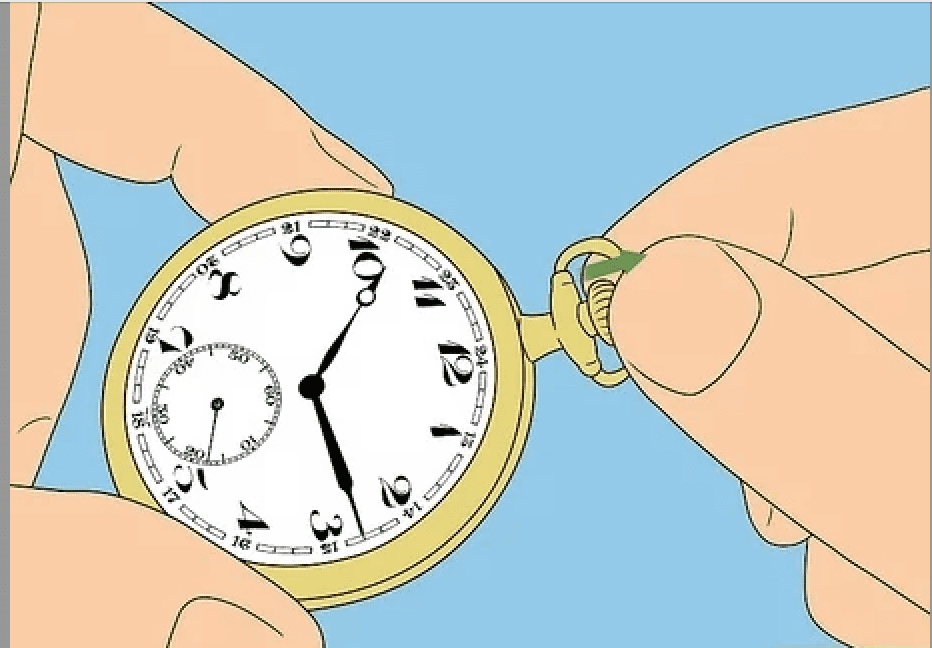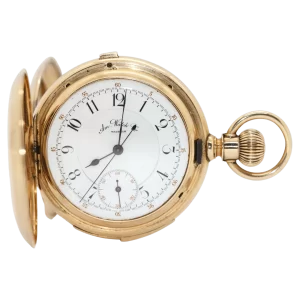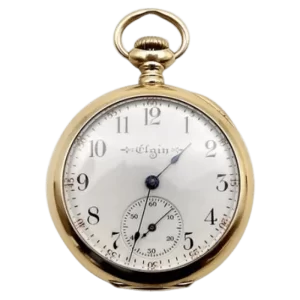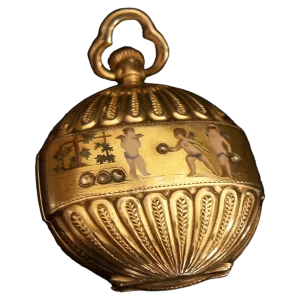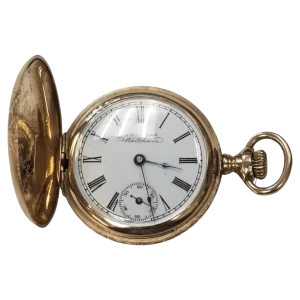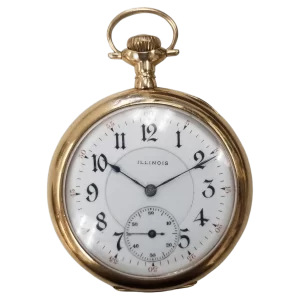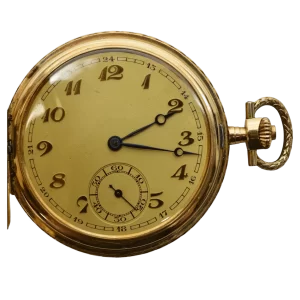Antique pocket watches are fascinating relics of the past, each with its own unique method of setting the time. While many might assume that setting a pocket watch is as straightforward as pulling out the winding stem, akin to modern wristwatches, this is not universally true. In fact, there are four primary methods for setting these intricate timepieces, and using the wrong technique can potentially damage the watch. The most familiar method is the Stem Set, also known as the pendant set, where one pulls on the crown atop the stem and turns it to adjust the time. However, if the crown resists movement, it’s likely that the watch employs a different setting mechanism. Another common method is the Lever Set, frequently found in American-made railroad grade watches and other varieties. This approach involves pulling out a small lever, typically located near the 2:00 or 4:00 position, and then turning the stem to set the hands. This lever mechanism was designed as a safety feature to prevent accidental time changes, especially crucial in the precise world of railroad timekeeping. Understanding these different setting methods is essential for any antique pocket watch enthusiast, ensuring the preservation and proper functioning of these timeless pieces.
Most people think that you set a pocket watch the same way you set a wristwatch — by pulling out the winding stem. Well, that is true with many pocket watches, but by no means all of them! In fact, there are four main ways pocket watches can be set, and if you don’t know how your watch is set you can break it by pulling too hard on the stem.
Stem Set [also called “pendant set”]. You probably already know this one — you pull on the crown on top of the stem and turn it to set the time. If you pull on the crown and it doesn’t move, chances are your watch is not stem set.
Lever Set. Often found in American-made railroad grade watches, but also in other watches, the lever setting mechanism requires you to pull out a little lever [a thin sliver of metal usually found near the 2:00 or 4:00 position]. You then turn the stem to move the hands. This was a safety feature to prevent the watch from being accidentally reset when someone pulled on the stem. On hunter case watch, the lever should be visible simply by opening the front cover. On an open face watch, however, you normally have to remove the front bezel to expose the lever. Be VERY careful when doing this, as it is all too easy to damage the crystal and/or the dial in the process.
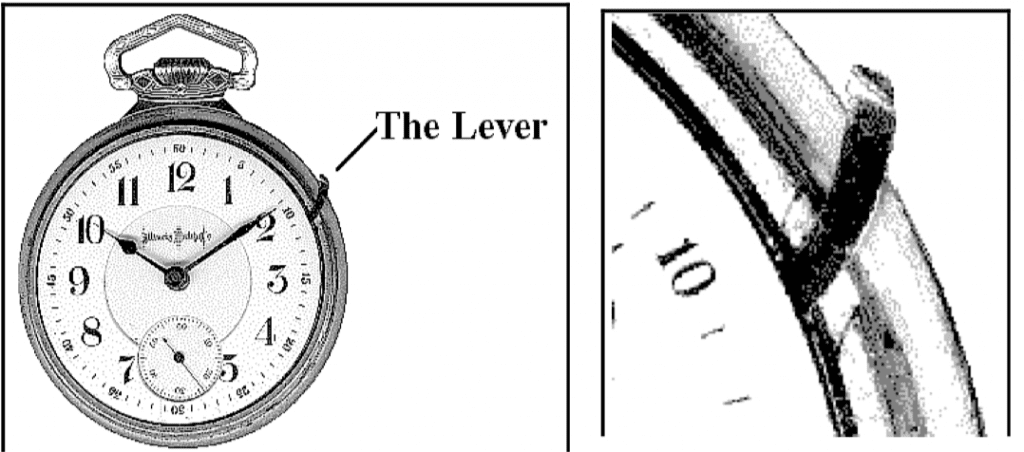
Pin Set. Also called “nail set,” this involves a little button found on the case to the immediate left or right of the stem that must be pushed and held while the stem is turned. This served the same feature as the lever set mechanism, but is usually found on European pocket watches.
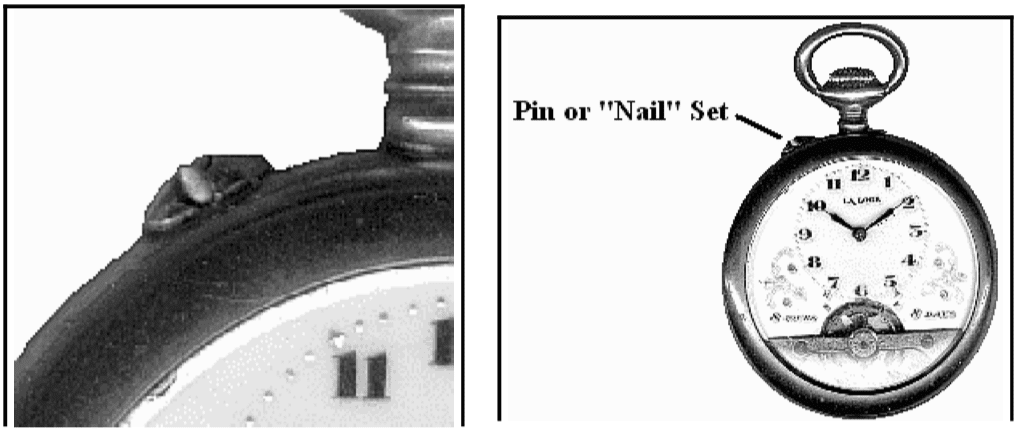
Key Set. If you need a key to wind your watch, chances are you need a key to set it as well. Usually a single key is used to wind and set a given watch, but not always. Some key wind watches have two holes in the back, one to wind and one to set, and the setting hole is the one in the very center. Other key wind watches, however, are set from the front, requiring you to remove the bezel and place the key directly on the central shaft that runs through the hour and minute hands.

